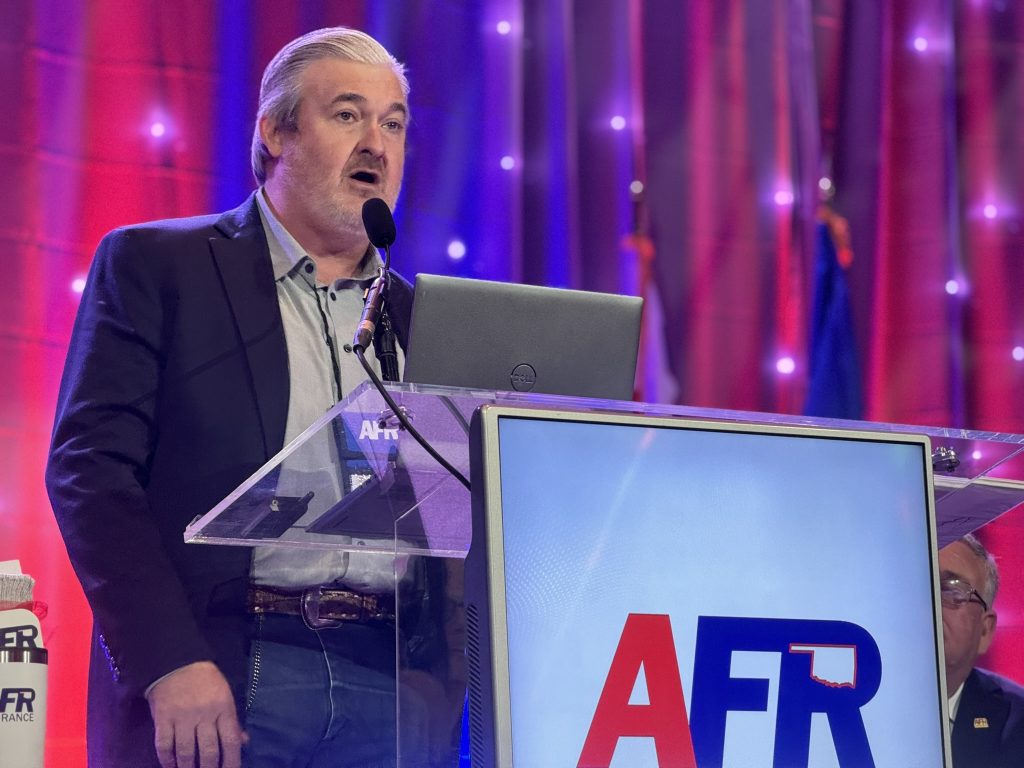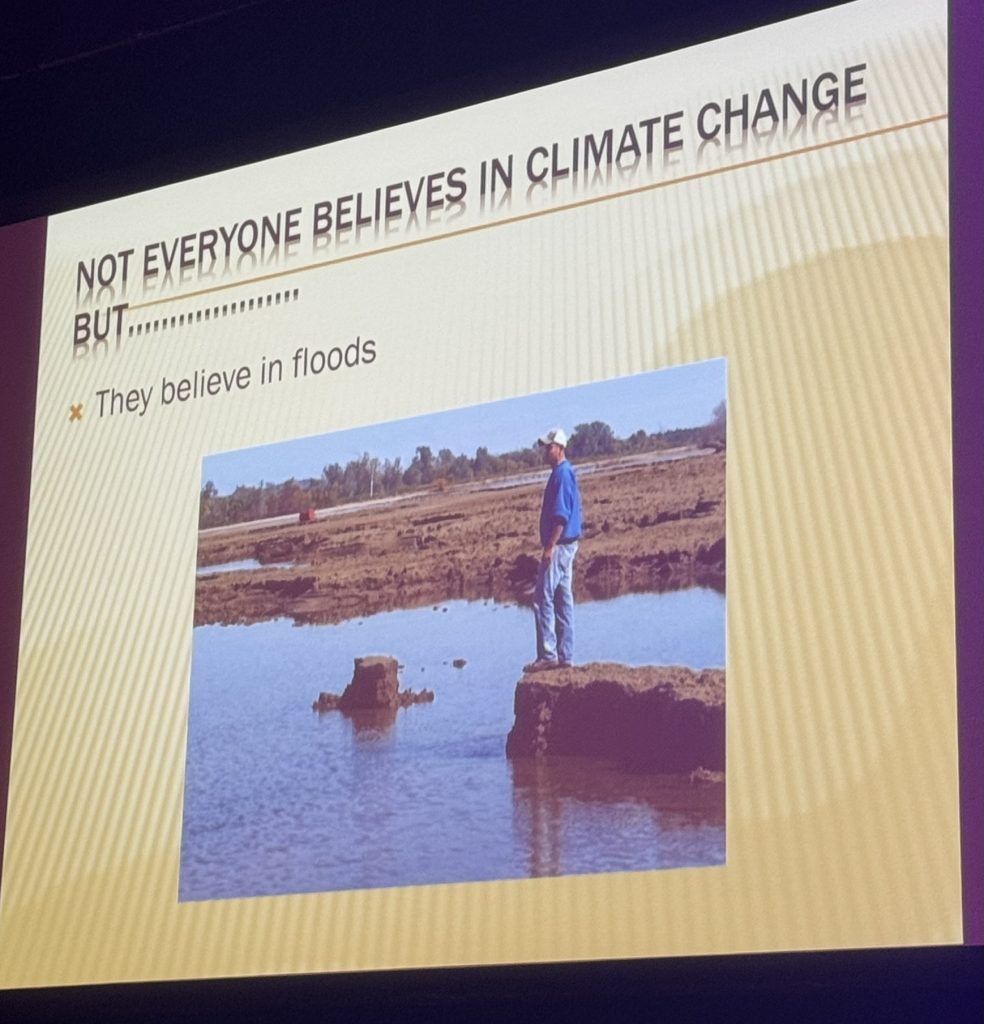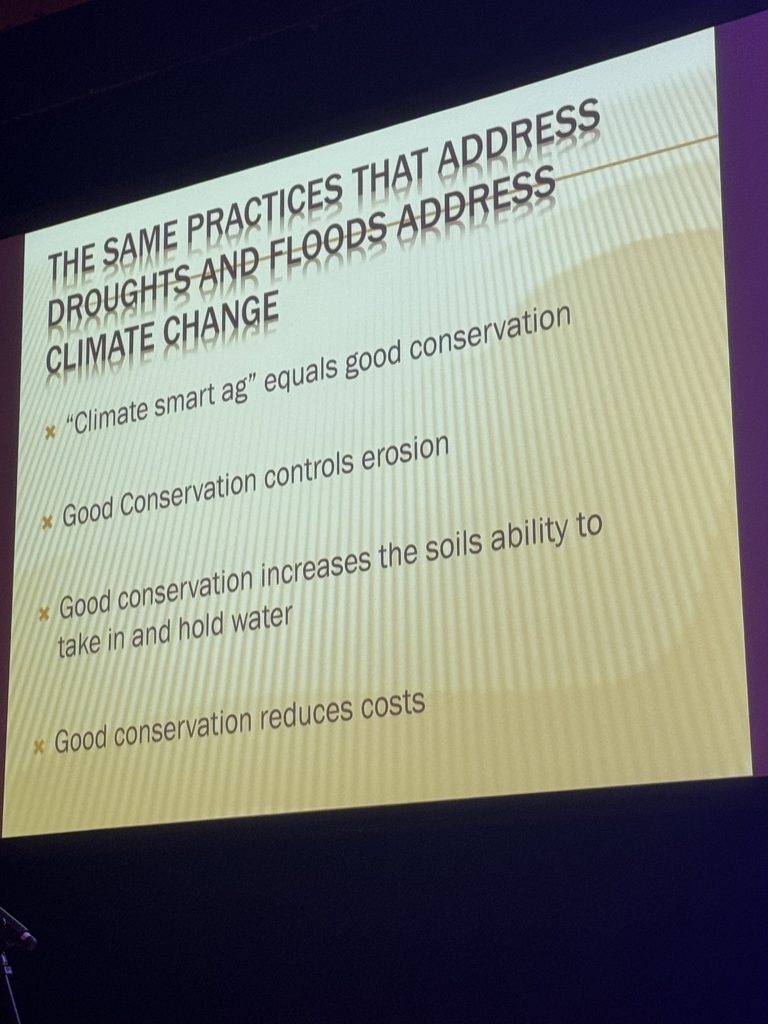
Associate Farm Editor Reagan Calk recently talked about how producers can be proactive with the Partnership and External Affairs Manager at the Nature Conservancy, Clay Pope. Pope also authors the Southern Plains Perspective, which covers a variety of information for farmers, ranchers, and rural communities interested in agriculture, climate change, and natural resource challenges.
As there have been measurable changes in Oklahoma’s climate over the years, Pope gave some insight on how producers can better prepare for changing conditions and weather extremes.
“The information is pretty undeniable that we are seeing an increase in overall temperatures, and that is affecting a lot of other things,” Pope said. “We are seeing changes in our rainfall patterns.”
While the state is receiving roughly the same amount of rainfall each year, Pope said these precipitation events are coming at different times and heavier rates, which leads to runoff, soil erosion, and more.
“The impacts it can have are everything from water quantity, and it also impacts water quality,” Pope said. “When you have rain come in chunks, it impacts soil erosion.”
Flash drought has become more common, Pope said, along with hotter temperatures. Pope also said changes in temperature can have impacts from an increase in pests, and heat stress in livestock and crops.

“It is imperative that we recognize it, not turn our backs on what is going on, but try to come up with a plan so we can get ready for it and make sure we harden our operations as much as possible so that we can deal with these stresses just like we have with natural resource stresses in the past,” Pope said.
When it comes to planning for more extreme events that impact natural resources, Pope said producers can start by identifying the goals of their operation and where they are currently at.
In the event of drought, Pope said it is critical to implement ways to hold onto topsoil and increase water retention. Increasing the health of soils has an abundance of positive impacts on an operation that can save a producer money in the long run.
On the livestock side, Pope said conservation efforts could range from incorporating goats with cattle to implementing controlled burning. Looking ahead, Pope also mentioned the need to consider introducing new genetics into a rancher’s herd or a farmer’s crop that may handle particular conditions a little better.
“I heard a guy from Texas A&M saying that maybe we need to put a little more ear in our cattle,” Pope said. “We all want those uniform calves going through the pens, and a lot of us run black cattle. Maybe we need to do some things to incorporate some other genes in with those Angus to make sure we have got something that is a little more suited for extreme weather.”
Based on evidence from Oklahoma State Climatologist Gary McManus, El Nina (the dry season) is on its way back, temperatures have been increasing slowly over the years, and precipitation events have been more spread out. The biggest takeaway for producers, Pope said, is to be aware of the changing conditions going ahead and to prepare accordingly.
“We are looking at a situation where there is no normal anymore,” Pope said. “We have got to keep our eyes open and both hands on the wheel because I do think we need to understand there are some twists and turns ahead.”

















